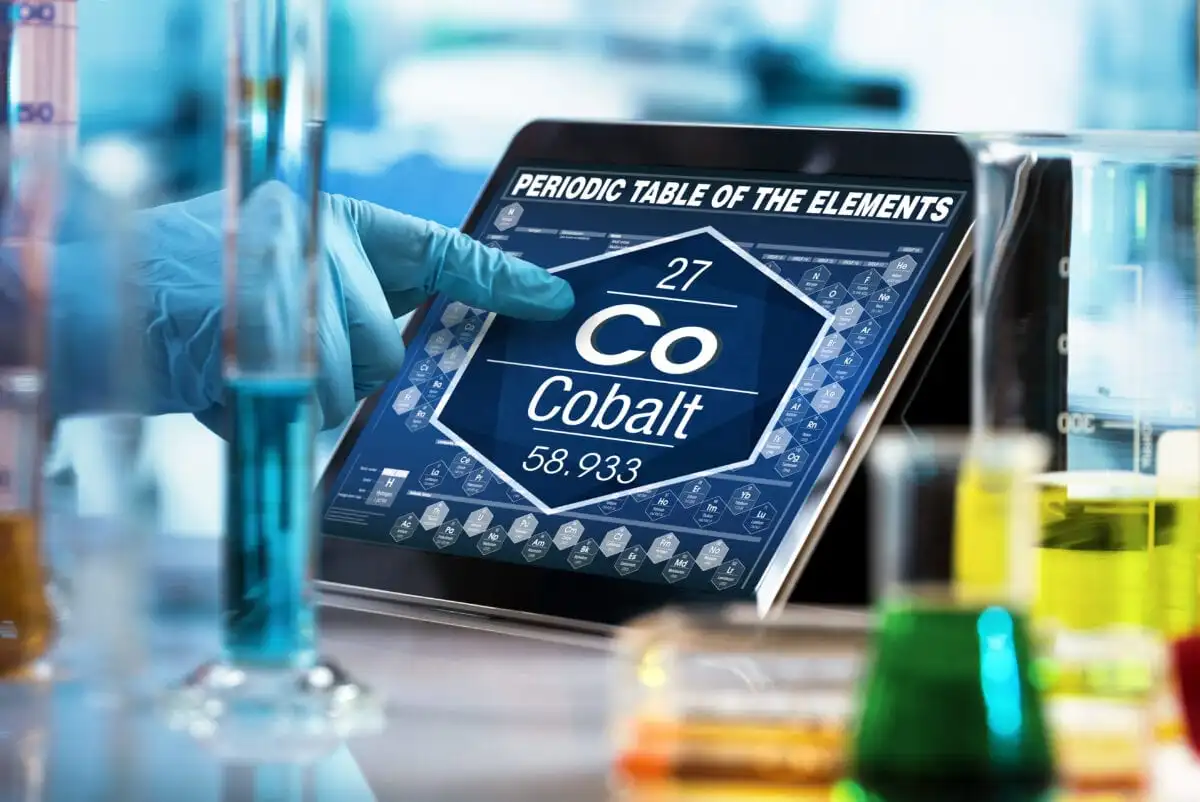(Opinion) The global surge in demand for clean energy isn’t just a trend; it’s an economic goldmine for Latin America and the Caribbean.
As the world pivots to renewable energy, the significance of critical minerals such as graphite, bauxite, nickel, zinc, lithium, copper, and neodymium becomes undeniable.
According to the World Energy Outlook 2023 report, these minerals have propelled the region’s revenue to a staggering $100 billion in 2022.
As clean energy technologies become indispensable worldwide, the demand for these minerals is predicted to skyrocket.
Latin America is poised to capitalize on this, leveraging its established mining sector and abundant mineral reserves.
The International Energy Agency (IEA) envisions a lucrative future, forecasting a 1.5x revenue growth by 2030 if Latin American governments uphold their climate objectives.
Interestingly, by 2050, revenue from these critical minerals might even eclipse that of fossil fuels, signaling a seismic shift in the region’s economic landscape.

This change hinges on global commitments to combat climate change.
A spotlight on lithium highlights Latin America’s central role in the energy transition.
Ambitious Targets
Essential for battery production, notably for electric vehicles, the region holds half of the world’s lithium reserves.
Countries within the “lithium triangle” – Argentina, Bolivia, and Chile – stand to gain immensely.
Despite Bolivia’s vast potential, its current infrastructure restricts its lithium output.
Nevertheless, international investments, like the $1 billion from Chinese firm CATL, hint at Bolivia’s promising future.
Beyond lithium, copper presents another golden opportunity. Integral to renewable energy and electrical grids, Latin America contributes 40% of global copper production.
As countries like Chile set ambitious production targets, the future seems bright for the copper industry.
However, the journey to capitalize on the clean energy boom isn’t without challenges.
While the IEA advocates for expanding mineral production, the region must also prioritize responsible and sustainable mining practices.
Meeting international market standards and transitioning from raw mineral export to processed goods can amplify the economic rewards.
Keeping CO2 Emissions in Check
Demographic and economic growth further drive local energy demand.
While low-emission sources are expected to dominate the energy landscape by 2050, the region grapples with the challenge of keeping CO2 emissions in check.
The current global energy crisis presents both risks and opportunities for Latin America, especially for export-dependent nations.
In conclusion, while the world’s shift towards cleaner energy brings challenges, the opportunities for Latin America are immense.
The region’s vast mineral wealth positions it at the heart of the global energy transition.
To truly thrive, it must balance sustainable practices, investment, and international partnerships.

